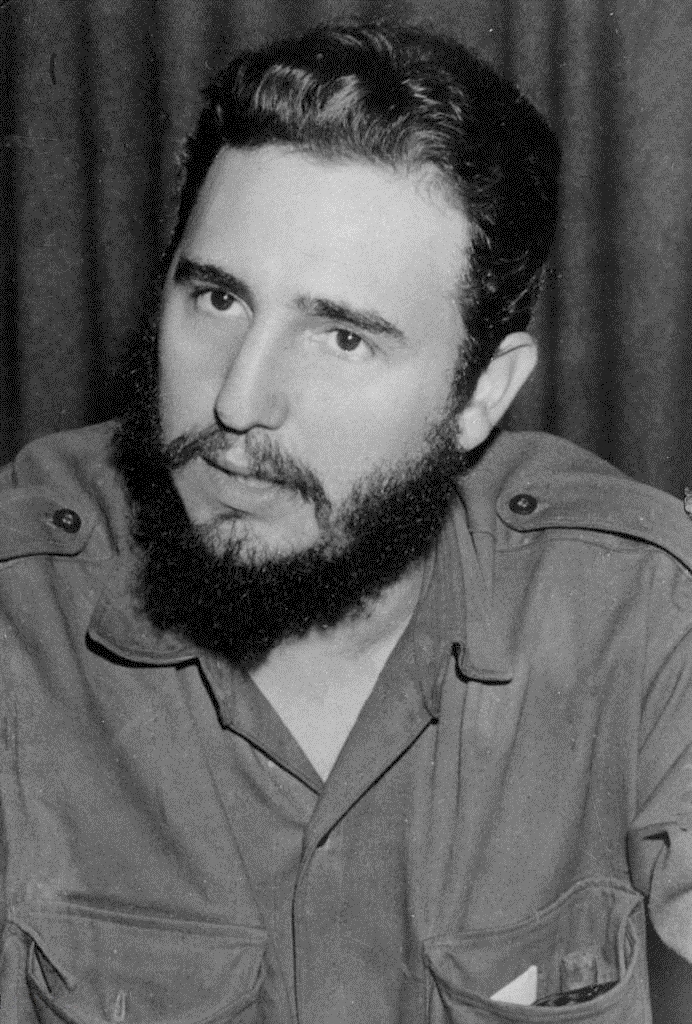February 16, 1959, marks a significant turning point in Cuban history. It was the date when Fulgencio Batista’s authoritarian regime was successfully overthrown. This regime was characterized by widespread corruption and repression, and its downfall set Cuba on a new path. Fidel Castro, a prominent leader of the Cuban Revolution, led guerrilla campaigns alongside his brother Raúl Castro and comrade Ernesto “Che” Guevara. Their forces relentlessly fought against Batista’s government, ultimately leading to Batista’s departure and the subsequent rise of the revolutionary forces.
Once Batista left, a provisional government was established, with Manuel Urrutia Lleó appointed President and José Miró Cardona as Prime Minister. However, it became evident that Castro was the true power behind the scenes, given his leadership role in the revolution and the support he commanded among the populace. On February 16, 1959, José Miró Cardona resigned, and Castro was sworn in as Prime Minister, solidifying his leadership position in the new Cuban government.
Impact and Legacy
Castro’s ascent to Prime Minister began significant political, economic, and social transformations in Cuba. His leadership led to the implementation of agrarian reforms, nationalizing industries, and policies to reduce inequality. However, these actions also led to strained relations with the United States, culminating in the imposition of economic sanctions on Cuba.
Fidel Castro remained a central figure in Cuban politics for decades, serving as Prime Minister until 1976 when he eventually became President of the Council of State and Council of Ministers, a position he held until his retirement in 2008. His tenure was marked by praise for advancements in education and healthcare and criticism for human rights abuses and suppression of dissent, reflecting the complex nature of his rule.

